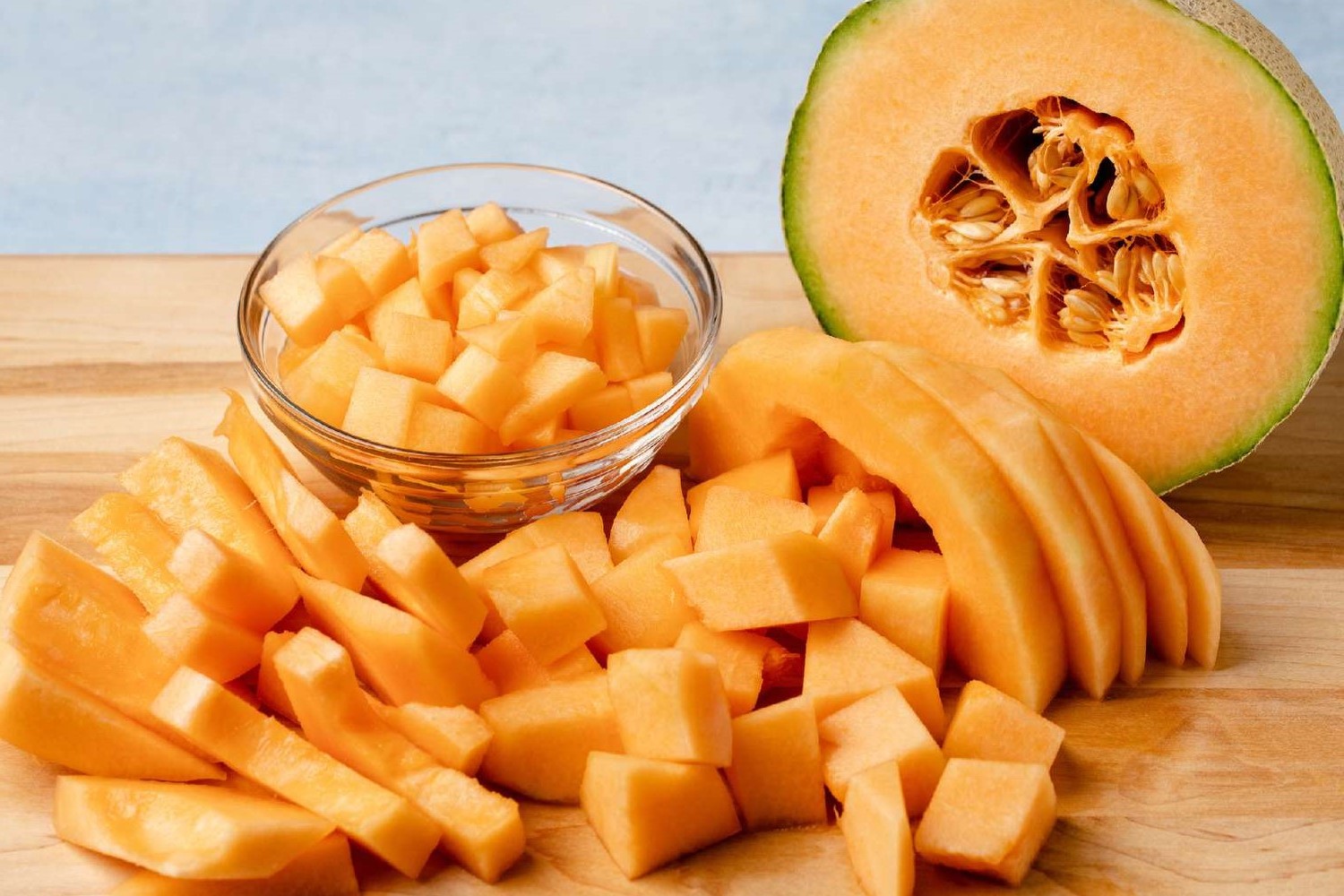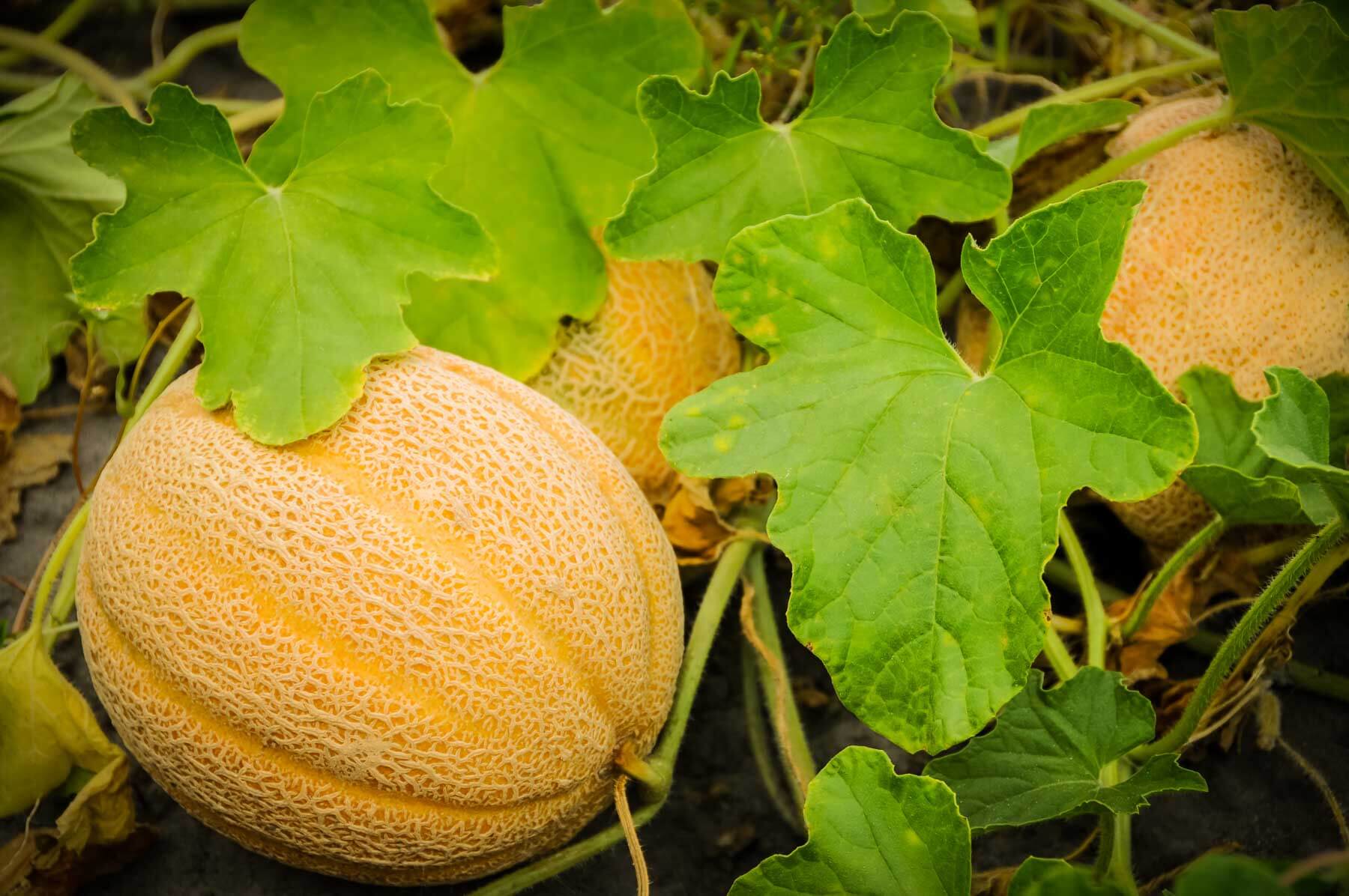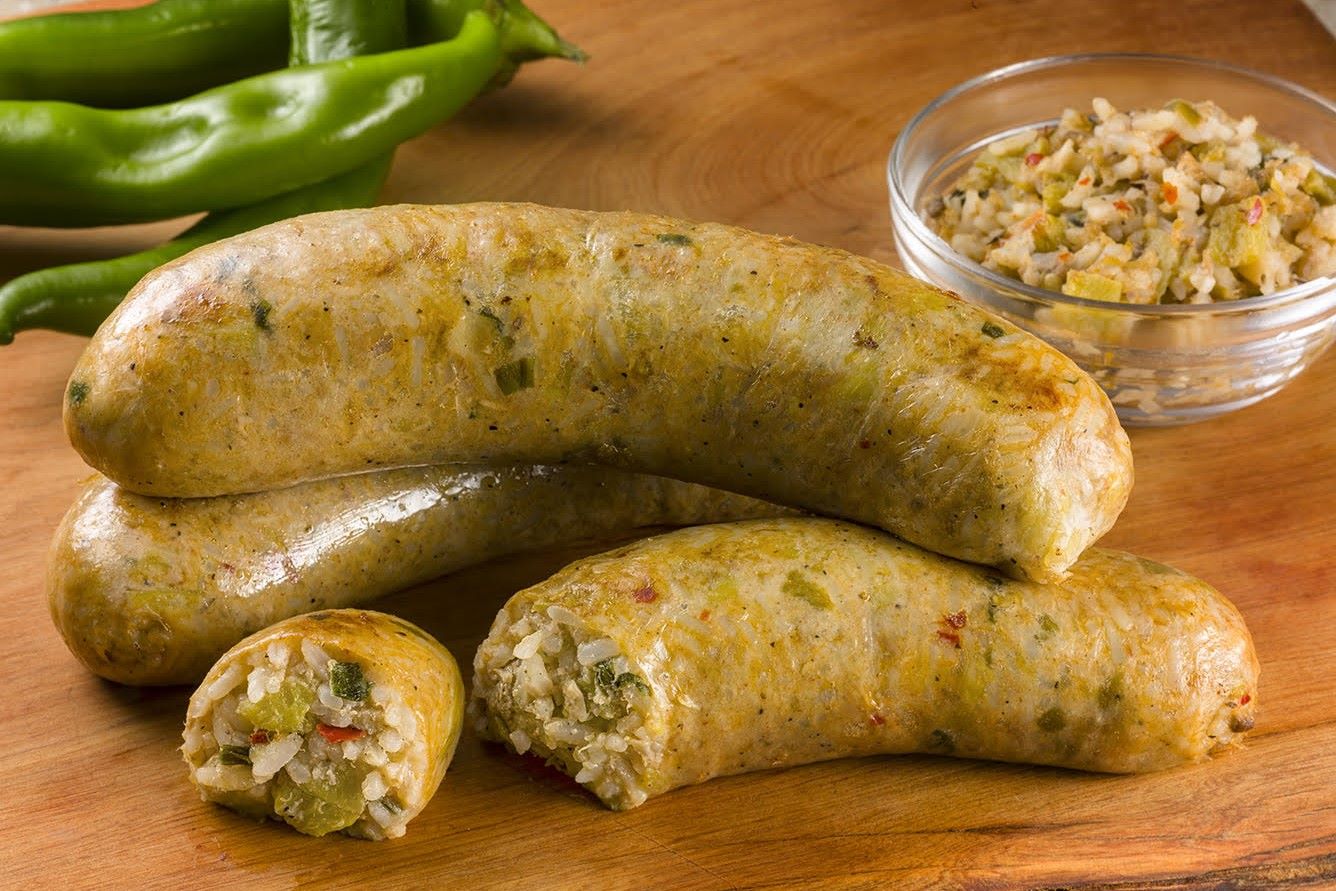Home>Food and Cooking>How To Ripen Cantaloupe


Food and Cooking
How To Ripen Cantaloupe
Published: February 28, 2024
Learn how to ripen cantaloupe quickly and naturally at home. Discover expert tips and tricks for perfect ripeness every time. Perfect for food and cooking enthusiasts!
(Many of the links in this article redirect to a specific reviewed product. Your purchase of these products through affiliate links helps to generate commission for Noodls.com, at no extra cost. Learn more)
Table of Contents
Introduction
Cantaloupe, also known as muskmelon, is a sweet and juicy fruit that is a favorite during the summer months. Its succulent orange flesh and refreshing flavor make it a popular choice for snacking, salads, and smoothies. However, the challenge often lies in selecting a cantaloupe that is perfectly ripe and ready to eat.
In this article, we will explore the art of ripening cantaloupe, ensuring that you can enjoy this delectable fruit at its peak. Whether you've just purchased a firm cantaloupe from the store or harvested one from your garden, understanding the ripening process is essential for savoring the best possible flavor and texture.
Ripening cantaloupe is a delicate balance of patience and precision. While it may seem tempting to indulge in its sweetness immediately, allowing the fruit to ripen fully will reward you with an unparalleled taste experience. From selecting a ripe cantaloupe to employing various ripening methods, we will delve into the nuances of this process, empowering you to savor the lusciousness of a perfectly ripened cantaloupe.
So, whether you're a seasoned cantaloupe enthusiast or a curious newcomer, join us on this journey to unlock the secrets of ripening cantaloupe. By the end of this article, you'll be equipped with the knowledge and techniques to ensure that every cantaloupe you encounter reaches its full potential, tantalizing your taste buds with its natural sweetness and aroma. Let's embark on this flavorful adventure together and elevate your cantaloupe experience to new heights.
Read more: How To Cut A Cantaloupe
Selecting a Ripe Cantaloupe
Selecting a ripe cantaloupe is a crucial first step in the journey to enjoying its delectable flavor. The perfect cantaloupe should exude a sweet aroma and yield slightly to gentle pressure at the blossom end. Follow these steps to ensure you choose a ripe and ready-to-eat cantaloupe:
-
Examine the Skin: A ripe cantaloupe typically has a golden or yellowish hue, with well-defined netting on the skin. Avoid fruits with green patches, as they indicate that the cantaloupe is underripe. The skin should also feel slightly rough to the touch, indicating that the fruit has matured properly.
-
Check the Stem End: The stem end of a ripe cantaloupe should yield slightly when pressed, indicating that the fruit is ready for consumption. If the stem end feels firm, the cantaloupe may need additional ripening time.
-
Assess the Aroma: A ripe cantaloupe emits a sweet, musky aroma from the blossom end. Take a moment to smell the fruit, as a fragrant scent is a strong indicator of ripeness. If the cantaloupe lacks a noticeable aroma, it may not be fully ripe.
-
Consider the Weight: A ripe cantaloupe should feel heavy for its size, signaling that it is juicy and full of flavor. When comparing different cantaloupes, opt for the one that feels weightier, as it is likely to be riper and more succulent.
By carefully evaluating these factors, you can confidently select a ripe cantaloupe that promises a delightful eating experience. Keep in mind that a perfectly ripe cantaloupe should strike a harmonious balance between its aroma, texture, and appearance, ensuring that every bite is a celebration of its natural sweetness and juiciness.
Ripening Cantaloupe at Room Temperature
Ripening cantaloupe at room temperature is a simple and effective method that allows the fruit to naturally mature and develop its signature sweetness. This approach is ideal for cantaloupes that are slightly underripe, offering a gentle environment for the fruit to reach its full flavor potential.
To ripen a cantaloupe at room temperature, begin by placing the fruit in a well-ventilated area away from direct sunlight. A kitchen counter or a pantry shelf is an excellent location for this process. Ensure that the cantaloupe is positioned in a manner that allows air to circulate around it, promoting even ripening.
As the cantaloupe ripens, monitor its progress by gently pressing the blossom end to assess its softness. Over the course of a few days, the cantaloupe will gradually yield to gentle pressure, indicating that it is becoming ripe and ready to enjoy. Additionally, observe any changes in the fruit's aroma, as a sweet and fragrant scent will intensify as the cantaloupe matures.
Room temperature ripening allows the cantaloupe to undergo a natural transformation, resulting in a luscious and flavorful fruit that is a delight to savor. This method harnesses the ambient conditions of your home to coax out the cantaloupe's inherent sweetness, ensuring that each bite is a celebration of its delectable taste and juiciness.
By employing the room temperature ripening method, you can elevate the flavor profile of an underripe cantaloupe, transforming it into a succulent and aromatic fruit that embodies the essence of summer. Embrace the simplicity of this approach and revel in the joy of indulging in a perfectly ripened cantaloupe, bursting with natural sweetness and vibrant flavor.
Ripening Cantaloupe in a Paper Bag
Ripening cantaloupe in a paper bag is a tried-and-true method that accelerates the ripening process, allowing you to enjoy a perfectly ripe fruit in a shorter timeframe. This approach harnesses the ethylene gas produced by the cantaloupe to create a controlled environment that promotes efficient ripening.
To ripen a cantaloupe in a paper bag, begin by placing the fruit in a clean and breathable paper bag, ensuring that there is ample space for air circulation. Folding the top of the bag loosely will maintain the necessary airflow while containing the ethylene gas emitted by the cantaloupe. The ethylene gas becomes concentrated within the enclosed space, stimulating the fruit to ripen more rapidly than it would at room temperature.
As the cantaloupe ripens in the paper bag, check its progress every day by gently pressing the blossom end to gauge its softness. The confined environment of the paper bag encourages the cantaloupe to soften and sweeten at an accelerated pace. Additionally, monitor the aroma of the fruit, as the sweet and musky scent will intensify as the cantaloupe reaches its peak ripeness.
The paper bag method offers a convenient and efficient way to ripen cantaloupe, particularly when you desire to enjoy the fruit sooner rather than later. By harnessing the natural ethylene gas emitted by the cantaloupe, this method creates an optimal environment for rapid ripening, ensuring that you can relish the delectable flavor and juiciness of a perfectly ripe cantaloupe in a shorter timeframe.
Embrace the simplicity and effectiveness of the paper bag method, and revel in the joy of indulging in a succulent and aromatic cantaloupe that embodies the essence of summer. Whether you're preparing a refreshing fruit salad or simply craving a delightful snack, this method empowers you to savor the natural sweetness and vibrant flavor of a perfectly ripened cantaloupe, elevating your culinary experience to new heights.
Checking for Ripeness
Checking for ripeness is a crucial step in ensuring that your cantaloupe is at its peak flavor and juiciness. Whether you've allowed the fruit to ripen at room temperature or employed the paper bag method, it's essential to confirm that the cantaloupe is ready to be enjoyed. Here are simple yet effective ways to determine the ripeness of a cantaloupe:
Read more: How To Ripen Green Tomatoes
Color and Texture
A ripe cantaloupe typically exhibits a golden or yellowish hue, with well-defined netting on the skin. The skin should feel slightly rough to the touch, indicating that the fruit has matured properly. When gently pressing the blossom end, it should yield slightly, signaling that the cantaloupe is soft and ready for consumption. These visual and textural cues are reliable indicators of ripeness, guiding you towards a flavorful and satisfying eating experience.
Aroma
The aroma of a ripe cantaloupe is a delightful blend of sweetness and muskiness, emanating from the blossom end of the fruit. Take a moment to smell the cantaloupe, as a fragrant scent signifies that the fruit has reached its peak ripeness. The aroma intensifies as the cantaloupe matures, becoming more pronounced and inviting. By embracing the sensory experience of scent, you can confidently ascertain the readiness of the cantaloupe for consumption.
Weight
A ripe cantaloupe should feel heavy for its size, indicating that it is juicy and full of flavor. When comparing different cantaloupes, opt for the one that feels weightier, as it is likely to be riper and more succulent. The substantial weight of a ripe cantaloupe reflects its internal juiciness, ensuring that each bite is a celebration of its natural sweetness and luscious texture.
By carefully evaluating these factors, you can confidently determine the ripeness of your cantaloupe, ensuring that every slice or spoonful is a delightful indulgence. Whether you're preparing a refreshing fruit salad, blending a flavorful smoothie, or simply enjoying the cantaloupe on its own, the assurance of ripeness enhances the overall culinary experience, allowing you to savor the fruit at its peak flavor and juiciness.














